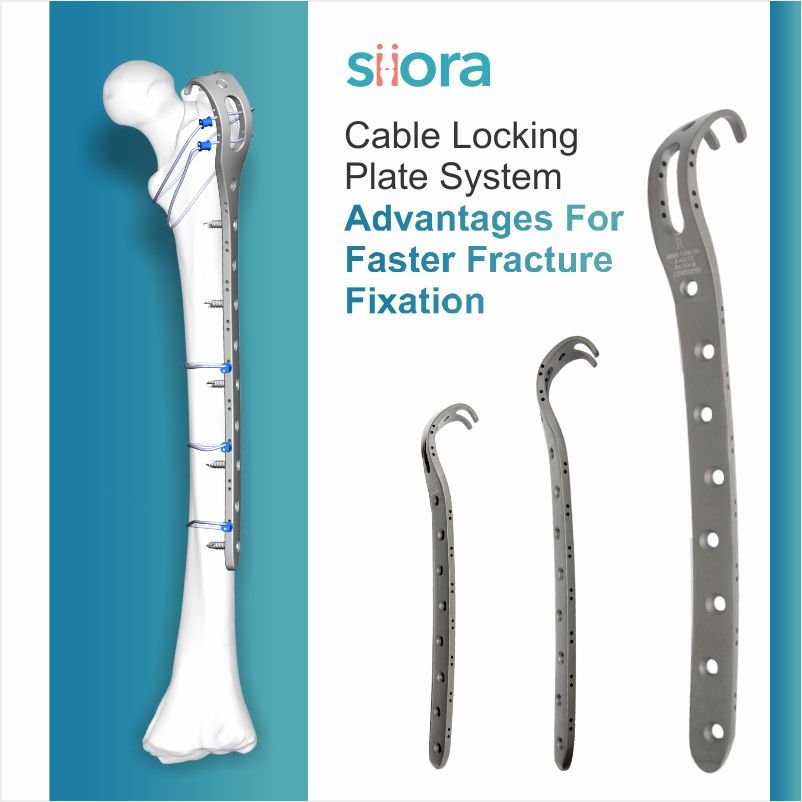Ankle fracture: Types, Symptoms & Causes
An ankle fracture happens when one or more than one bone that makes up the ankle joint and probably its ligaments break at or close to the joint.
Every year, 184 persons out of every 100,000 withstand ankle fractures. Emergency rooms witness 1.2 billion visits in 2003 due to ankle fractures alone. This number has been increasing and the broken ankles have been getting more severe in the last few years.
Types of ankle fractures
Categorization of Ankle fractures can be into 5 main types:
- Lateral malleolus fracture :– The lateral malleolus is the point situated on the outside of the leg where the fibula articulates with the talus. A lateral malleolus fracture is a broken distal fibula.
- Medial malleolus fracture :– A medial malleolus fracture is a tibia fracture analogous to the lateral malleolus fracture of the fibula. It is a fracture of the distal tibia.
- Posterior malleolus fracture :– It is very infrequent that only the posterior malleolus- the actual bony protrusion of the tibia is broken.
- Bimalleolar fracture :– If there is a fracture in two ankle bones, it is a bimalleolar fracture. This is usually a combination of a medial malleolus and lateral malleolus fracture. This kind of fracture will lead to an unstable ankle.
- Trimalleolar fractures:– If all 3 of the malleoli (the medial, lateral and posterior) breaks, it is a trimalleolar fracture. This kind of fracture will lead to a very unstable ankle.
Symptoms
The many common symptoms across all kinds of ankle fractures are:
- Extreme pain in the ankle that may “radiate” out to the foot and knee
- Swelling in the ankle and, sometimes leg
- A problem in walking or complete inability to walk (don’t use this as a test, as it can worsen the injury)
- Blistering
- Bruising
The symptoms of an ankle fracture may be mistaken for the symptoms of other medical situations (sprained ankle, talus fracture, etc.). However, you should consult a doctor to know if you have an ankle fracture and get the suitable treatment. Besides this, the treatment may include surgical intervention that requires orthopedic instruments used by the surgeons.
Causes
An ankle fracture is an outcome of too much stress on any or all the bones of the ankle joint. The causes of the ankle fractures are:
- Ankle twist :– If your foot twists far to the side, turning around your ankle
- Ankle roll :– If your foot rolls up on its side during you are putting substantial weight on it
- A fall or a trip :- If you suddenly lose your balance and awkwardly try to catch yourself with your feet.
- Overextension of the ankle joint :- If you try to swing your foot down too far in a parallel arc with your leg, as a may be ballerina
- Extreme impact :– If the joint sustains a serious blow, as it may if are in an automobile accident or you come down on your feet from a height
Complications
Without suitable care and medical intervention, an ankle fracture can lead to arthritis. You have an especially high risk of ultimately getting arthritis if, after the injury, your ankle appears misshapen. However, if the break is serious, you might see a bone poking out of your skin. Above all, if this is the case, you must take immediate medical care, as this kind of ankle fracture can lead to severe infection.
Orthopedic surgeon will decide the treatment for Ankle fracture after proper examination of the injury using X-ray or CT scan or MRI. He may opt for Surgical Intervention and use of trauma Implants. They may include Malleolar Screws, Wires, Plates and Screws if other options are not effective.
Surgery is followed by planned Post-Operative Care including Physiotherapy so that the patient regains proper movement of the ankle.








